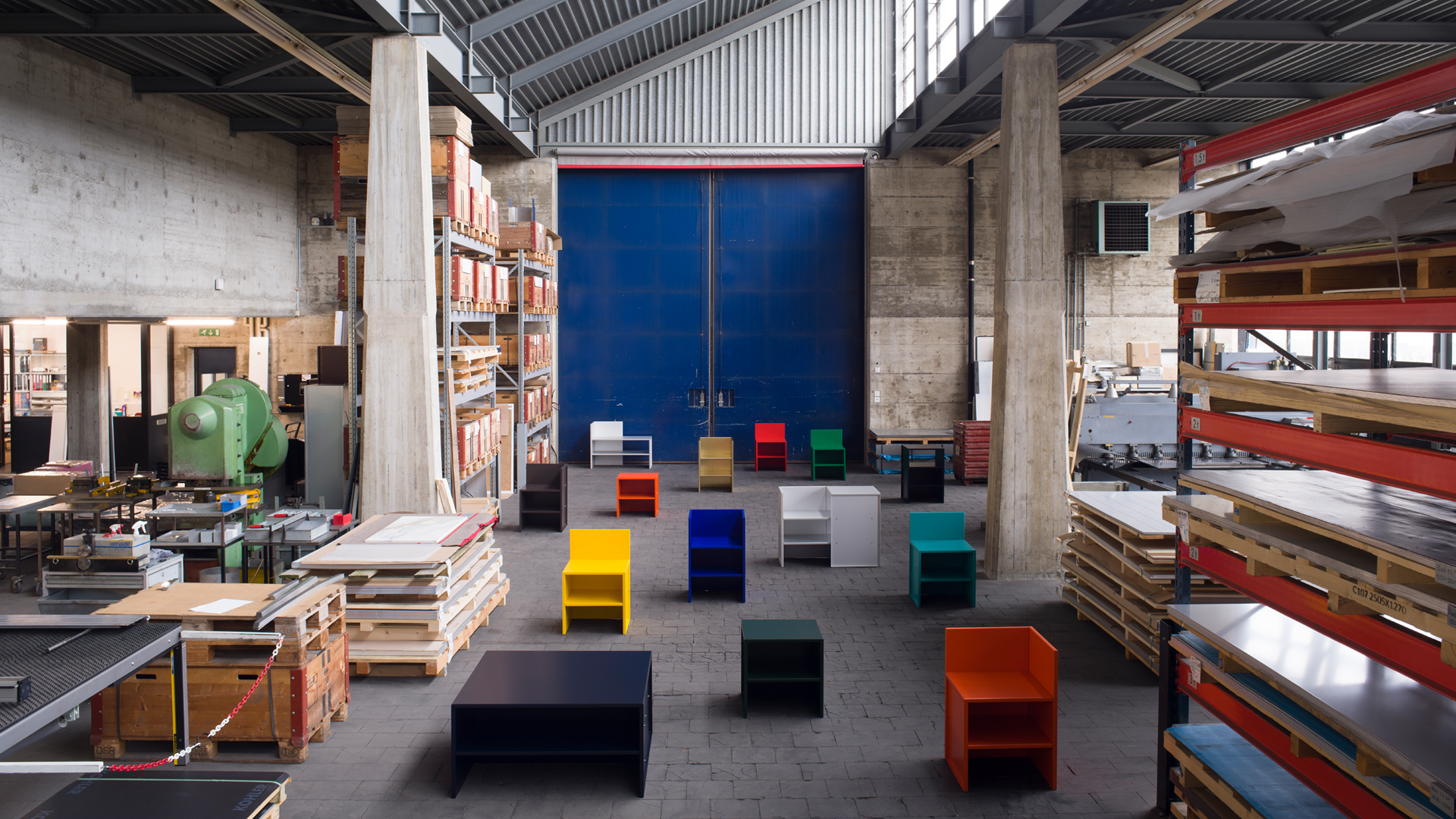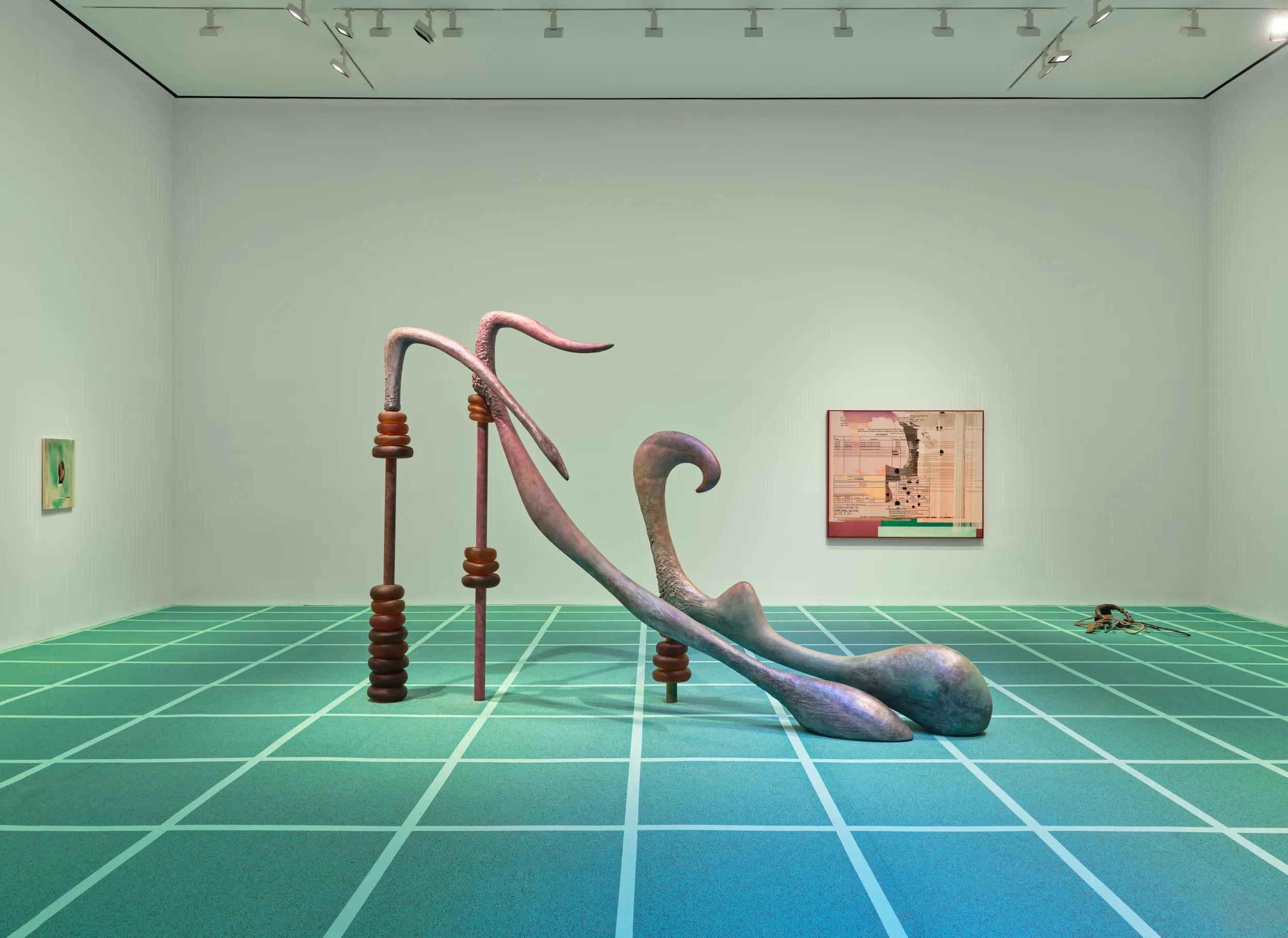
Matthew Day Jackson
Family
30 August - 7 November 2014
Zürich
Hauser & Wirth is excited to announce Matthew Day Jackson's first solo exhibition in Zurich, 'Family', comprising over a dozen new works in the media of sculpture, painting, photography and work on paper.
Matthew Day Jackson's interdisciplinary practice investigates the outermost limits of human experience. Drawing inspiration from layers of history that chart mechanical invention, territorial-exploration, warfare and medicine, Jackson works simultaneously with new technology and back-to-basics craftsmanship to create works that defy easy categorisation.
'All art is a self-portrait, but at the same time, the source of the form, is a further meditation on the material used. This meditation is a continuation of a dialogue about the material that we use to describe who we are, beyond our flesh. We express ourselves to people we know and those we don't, at various levels of intimacy, from the perfect stranger to someone with whom we would have sex. In our society and experience, which is increasingly dependent on branding, these outward expressions become who we are, from the paint on our door, the textiles we wear and furniture we have, to the type of TV or car that we may own. These are layers of flesh to be mined, to better understand and know our person in relationship to society and culture.'
– Matthew Day Jackson
'Family' explores the domestic and examines boundaries of human perception, flitting between the individual and universal in a rhizomatic fashion. Extending through the gallery, 'Commissioned Family Photo' consists of 82 photographs of the artist and his family. These photographs were made using a Beckman & Whitley high-speed rotating mirror framing camera, operated by engineer and scientist Tim Samaras (1957 – 2013). This technology was developed in the 1950s and used primarily during military weapons testing, in order to analyse the efficacy of explosions and shockwaves from nuclear detonations. The camera is capable of capturing over a million frames per second. The resulting image is created by 97,500 exposures – an image that is blurry, reminiscent of Victorian spirit photography. The artist and his family are the only human beings ever to have been photographed by this camera.
'Self-Portrait Progression (monster-self)' is a figurative shelf-piece exploring the monstrous as a way of considering portraiture. For over a decade Jackson has been creating figurative sculpture using the human form and its systems as a structure through which to consider the constituent attributes of society and culture. Made of elemental materials, the figures begin to take on qualities of the environment we inhabit. In Jackson's sculpture, 'flesh' is usually implied, and exists only in the mind of the viewer. For this work, Jackson has integrated tools and processes from horror film special effects. The horror genre reverberates throughout the exhibition as a hyperbolic reminder of the masks we wear and the roles we play in our daily interaction. Jackson suggests that society is mirrored in the world around us: the generated narratives in film, print and the Internet reflect our interests, who and what we are. 'Self-Portrait Progression (monster-self)' can be interpreted as a forensic exploration of the many facets of humankind.
'Frivolous time piece' is a custom-made cuckoo clock based on the Apple 2 house in Nevada, built in 1955 by the Army Corp of Engineers who wanted to discover how the average American home would fare under nuclear attack. Prior to testing, the house was 'dressed' like a life-sized dollhouse. Mannequins, food, linens and home décor were shipped to the testing site to create a 'more realistic' destruction of the home as well as demonstrating the roles in the narrative of American life in the 1950s. Fabricated in the Black Forest, the clock presents carved representations of the artist's family: Matthew Day Jackson, his wife, two sons and dog. Programmed to chime at quarter past and quarter to the hour, the clock plays OMD's 'Enola Gay', a song that addresses the atomic bombing of Hiroshima on 6 August 1945, during the final stages of World War II and 'Winter Wonderland', merging the geographical, historical and temporal. The base of the clock, reminiscent of a cross-section of Earth, is a scale model of human skin.
Using the family dog 'Beastie' as the subject for 'Synthesis of Canine Dynamism', Jackson considers Futurist works such as Umberto Boccioni's 'Unique Forms of Continuity in Space' in this striking stainless steel sculpture. Recalling Futurism's desire to capture movement in image and form, Jackson employed photography and imaging software to capture the animal in motion for the creation of this sculptural form. The domesticated dog, its appearance and behaviour, is an object lesson on the evolution of society over the last 34,000 years. Jackson explores the perpetual struggle between sculpture and movement in this work while responding to our current moment of radical social and cultural changes stemming from technology. The base of the sculpture is a cast plastic cross-section of the floor in an average American suburban home.
Installation views


Current Exhibitions
1 / 12


























